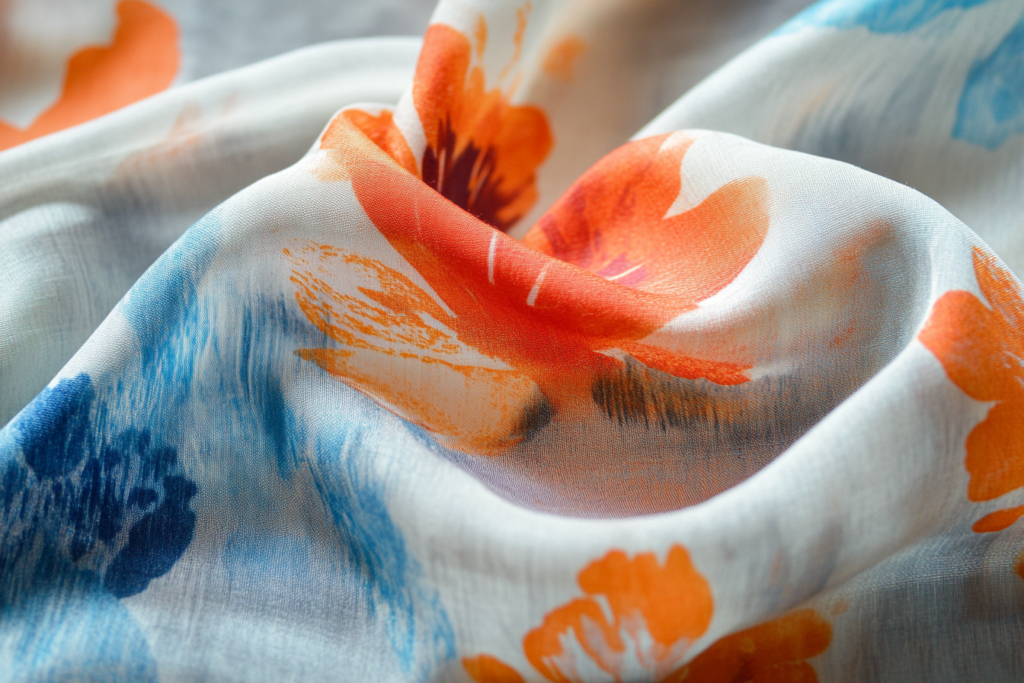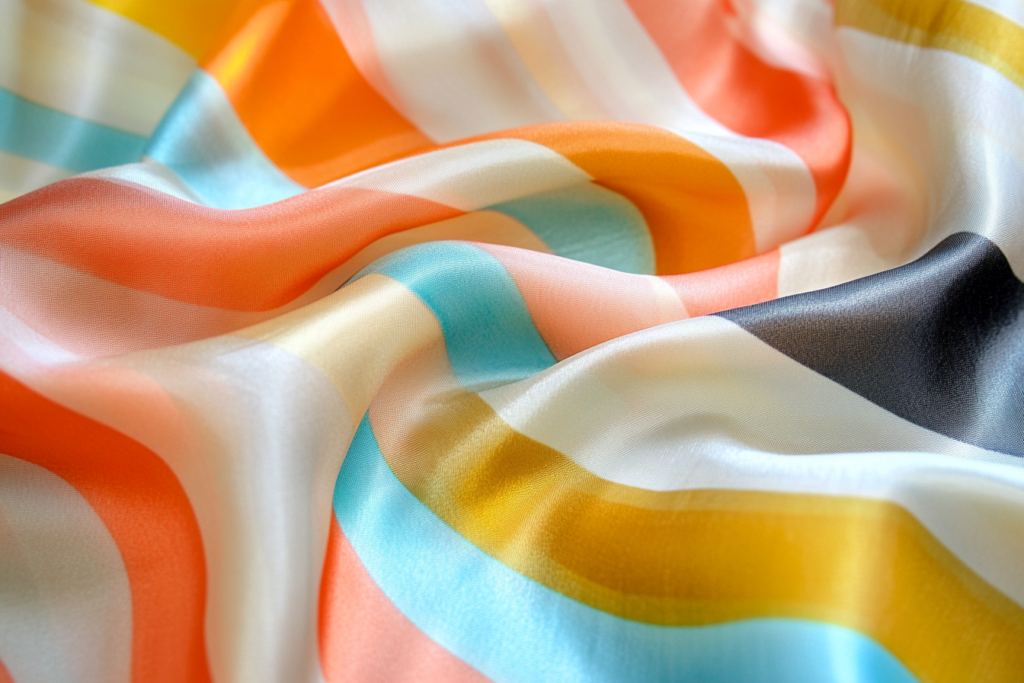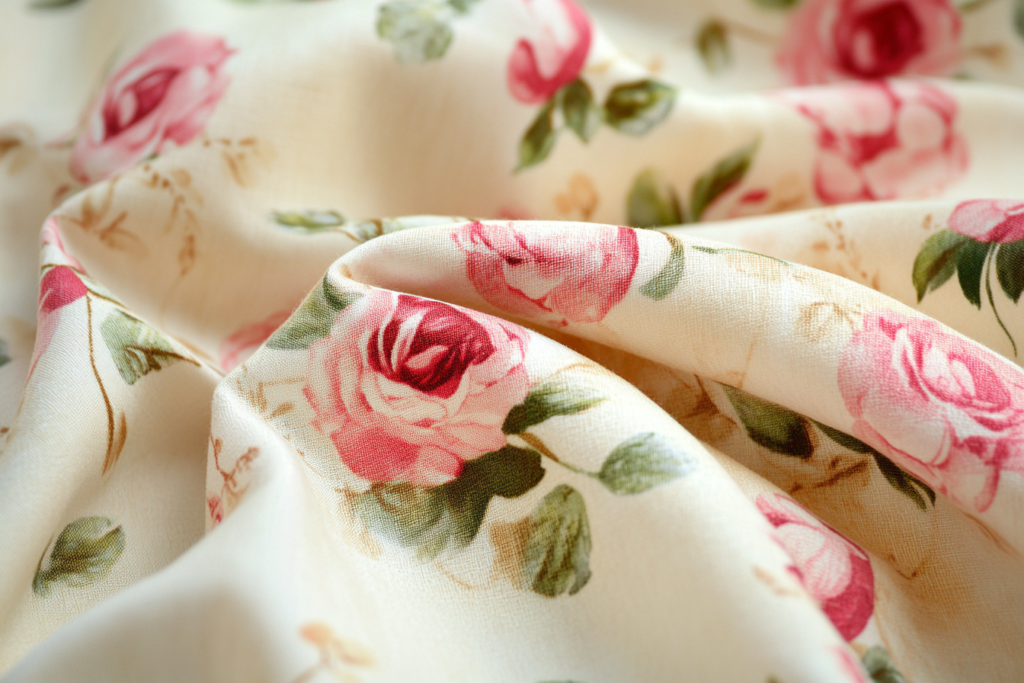Running Style Fabrics: The Backbone of Repeated Orders in Fashion Production
Meta Description: Running style fabrics are popular materials that are readily available from factories, commonly used for repeated orders. Learn more about their role in manufacturing and the advantages they offer.
What are Running Style Fabrics?
Running style fabrics refer to a category of textiles that are frequently used in fashion manufacturing due to their availability, reliability, and established demand. These fabrics are often pre-selected by manufacturers because they have been ordered repeatedly by customers or used in past collections. The term “running style” is typically associated with fabrics that are well-suited for mass production or garments that are regularly made, such as basic styles or essential pieces in a fashion line.
Running style fabrics are often stocked in large quantities and are readily available for quick turnaround times in garment production. These fabrics can range from simple cottons to more technical blends, depending on the fashion segment and customer needs.


Key Features of Running Style Fabrics
- Easily Available: These fabrics are usually stocked by suppliers and factories, making them accessible when needed.
- Proven Demand: They have a history of being popular and are ordered repeatedly by customers, ensuring a reliable supply chain.
- Cost-Effective: Because of the high volume of orders, these fabrics are often available at competitive prices, helping to reduce production costs.
- Consistency in Quality: Factories often maintain consistent quality in running style fabrics, ensuring that garments produced with these materials meet expected standards.
- Used for Popular Styles: These fabrics are commonly used in creating garments that are part of running styles in fashion, such as basic T-shirts, skirts, and dresses that remain in demand season after season.
Why Are Running Style Fabrics So Important?
- Reliability for Manufacturers Manufacturers favor running style fabrics because they ensure a consistent and dependable supply of material. When a fabric has been proven successful in previous collections, it’s an obvious choice for future designs that require similar characteristics or styles.
- Quick Turnaround Time These fabrics are typically available in large quantities and are ready for immediate shipment, allowing manufacturers to meet tight deadlines and respond quickly to market trends or customer demands.
- Cost-Effectiveness Because of their repeatability and bulk production, running style fabrics are often less expensive than more specialized or seasonal fabrics. This makes them ideal for mass-market garments where cost-efficiency is crucial.
- Fashion Stability Running style fabrics are often used in garments that are consistent in demand, such as basics or staple pieces that are sold year-round. As fashion trends shift, these fabrics maintain their relevance, ensuring they continue to serve as the foundation for everyday wardrobes.
Common Types of Running Style Fabrics
- Cotton Cotton is one of the most common running style fabrics due to its versatility, softness, and comfort. It’s frequently used in basic T-shirts, casual dresses, and other everyday wear. Cotton’s breathability makes it ideal for a wide range of seasons.
- Polyester Blends Polyester blends are commonly used in running styles because they are durable, inexpensive, and easy to care for. They are often used for sportswear, casual clothing, and workwear garments that need to withstand frequent wear.
- Denim Denim remains a perennial favorite for running styles. It’s durable, available in various weights and washes, and consistently popular for casual and everyday clothing, such as jeans, jackets, and skirts.
- Knitted Fabrics Knitted fabrics are ideal for garments that require stretch and comfort, such as T-shirts, leggings, and casual dresses. Their elasticity and softness make them a popular choice for running styles, especially in athleisure.
- Poly/Cotton Blends A blend of polyester and cotton is another fabric commonly used in running styles. The mix provides the softness of cotton with the durability and wrinkle-resistance of polyester, making it ideal for shirts, blouses, and basic apparel.
Benefits of Using Running Style Fabrics
- Efficient Production Since these fabrics are readily available and used repeatedly, manufacturers can streamline their production process. Having consistent access to running style fabrics means they can produce garments quickly without waiting for new material deliveries or sourcing challenges.
- Predictable Pricing Running style fabrics typically have predictable pricing, which helps manufacturers maintain budget control and pricing consistency for their customers. Bulk orders of these fabrics often result in cost savings.
- Less Risk Running style fabrics have been tested in previous collections, so manufacturers and designers already know how they will perform in finished garments. This reduces the risk of fabric failure, such as color fading, fabric pilling, or shrinkage.
- Market Demand Because running style fabrics are used to create popular, widely demanded garments, manufacturers can confidently create collections that meet consumer expectations and continue to see strong sales.
Where Are Running Style Fabrics Used?
📌 Mass-Market Retail Running style fabrics are used extensively by mass-market clothing retailers to create affordable, high-demand garments. These fabrics are integral in the production of everyday items like T-shirts, casual wear, and basic outerwear.
📌 Workwear & Uniforms Many workwear garments, such as uniforms and industrial apparel, rely on running style fabrics for their durability and consistency. Fabrics like polyester blends and cotton are often used to produce functional, hard-wearing clothing for employees in various industries.
📌 Basic Fashion Staples Running style fabrics are also used in the production of essential wardrobe pieces, such as basic T-shirts, blouses, dresses, and skirts. These garments are staple items that are available in stores year-round, regardless of seasonal trends.
📌 Sportswear & Activewear Fabrics like polyester and cotton blends are frequently used in activewear for their ability to withstand repeated use and laundering. Running style fabrics are often chosen for their flexibility, comfort, and ease of maintenance.
Conclusion: The Essential Role of Running Style Fabrics
Running style fabrics are the backbone of many fashion production lines, providing manufacturers with a steady supply of reliable, affordable, and high-demand materials. These fabrics, which are often available in large quantities and are used for popular, everyday garments, play a crucial role in the speed, efficiency, and cost-effectiveness of mass production. From cotton to polyester blends, running style fabrics help to ensure that basic styles remain consistent and accessible to consumers worldwide.
As the fashion industry continues to prioritize efficiency and sustainability, running style fabrics will undoubtedly remain an essential part of garment manufacturing, providing the foundation for wardrobe staples and popular clothing items year after year.



